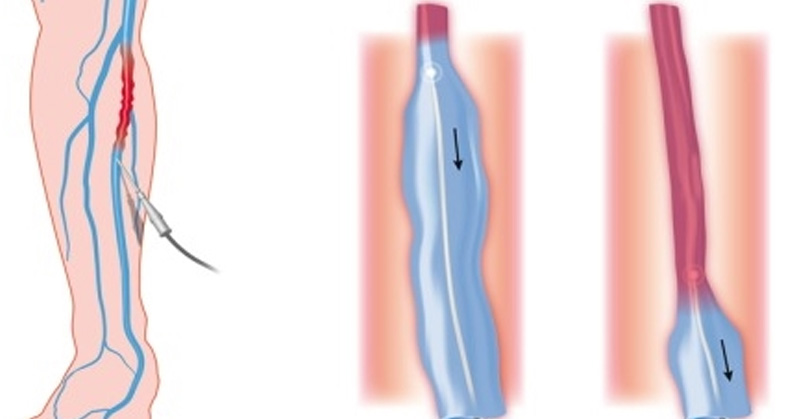
Typically, varicose vein treatment treats varicose veins that are painful or cosmetically unfriendly. There are two treatment options, one that seeks conservative measures to relieve discomfort or symptoms, such as graded pressure socks or drugs, and the other that seeks corrective measures to physically eradicate varicose veins, such as injections, surgery or intravascular lasers, to produce the most lasting results.
It is very important to emphasize that the treatment of varicose veins can not only relieve symptoms or satisfy aesthetic needs, but also prevent extremely important health complications such as thrombophlebitis, ulcers and bleeding.
In a large group of patients with varicose veins, the insufficiency, insufficiency or reflux of the internal saphenous vein and/or external saphenous vein represents the origin or cause of the varicose veins. Eliminating this reflux is essential to effectively control the disease, eliminate symptoms, and avoid important complications such as varicose ulcers.
The use of intravenous lasers allows to eliminate the reflux of the insufficient saphenous vein by creating its instantaneous seal, avoiding more invasive surgical procedures, namely saphenous vein resections that are almost forgotten today.
Endovenous Laser Treatment (EVLT), also known as Endovenous Laser Ablation (EVLA), is a minimally invasive technique to eliminate varicose veins.
Your leg is sterilized and a small catheter and laser fiber are inserted into the vein that needs to be treated. When the laser is turned on, it generates heat that seals the vein closed permanently.
Some bruises are expected in the surgical area, and the vast majority of patients can return to work within 48 hours, even if the venuleectomy is performed at the same time.